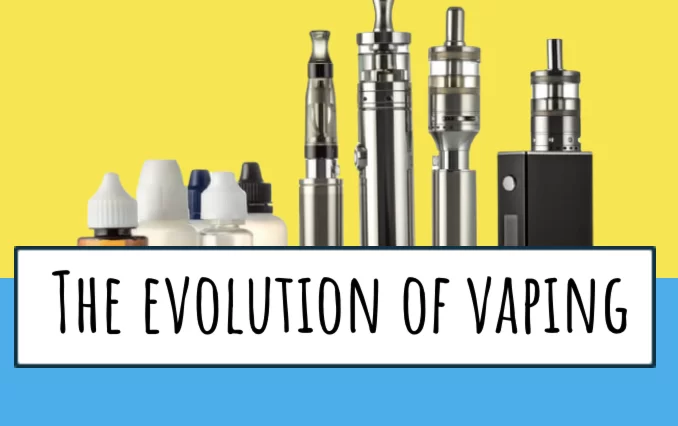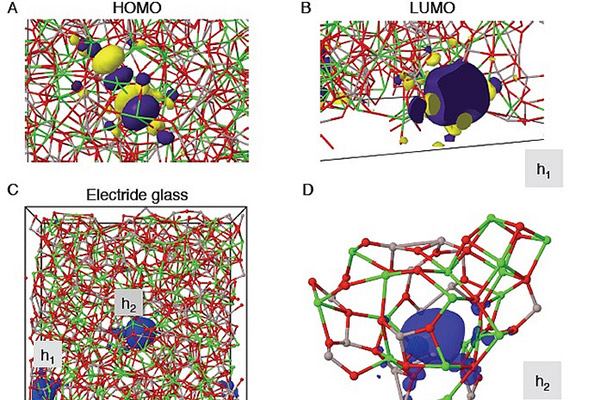The phenomenon of vaping, which emerged as an alternative to traditional smoking, has seen a rapid and innovative evolution in technology across the globe. From its inception, vaping technology has continuously adapted, reflecting both advancements in technology and changing consumer preferences. This article delves into the journey of vaping technology from rudimentary e-cigarettes to sophisticated vaping systems, exploring how these advancements have reshaped the experience for users worldwide.
The Origins and Early Innovations
The history of vaping technology begins in the early 2000s, with the invention of the first electronic cigarette by a Chinese pharmacist, Hon Lik. Aimed at providing a healthier alternative to smoking, this device was simplistic, consisting of a battery, a heating element, and a cartridge containing nicotine solution. This basic design laid the foundation for the vaping industry, sparking interest and innovation globally. As the concept of vaping traveled from Asia to the West, the technology began to evolve, with early advancements focused on improving battery life, vapor production, and the reliability of the devices.
The Rise of Customization and Performance Enhancement
As vaping gained popularity, users sought more control over their vaping experience, leading to the development of customizable options. This period witnessed the introduction of variable voltage and wattage devices, allowing users to adjust the power output to suit their preferences. Additionally, the advent of rebuildable atomizers offered vapers the ability to customize coil configurations and wicking materials, further enhancing flavor and vapor production. This era marked a shift towards more sophisticated technology, with a focus on performance and customization.
The Advent of Pod Systems and Nicotine Salt E-liquids
The mid-2010s saw another significant evolution with the introduction of pod systems. These compact, easy-to-use devices catered to a growing demand for more portable and discreet vaping options. Pod systems, coupled with the innovation of nicotine salt e-liquids, revolutionized the market. Nicotine salts allowed for higher nicotine concentrations without harshness, providing a satisfying experience for users, especially those looking to switch from smoking to vaping. This period underscored the industry’s ability to innovate in response to user needs, combining convenience with performance.
The Global Expansion and Diverse Market Offerings
As vaping technology evolved, so did its global footprint. Different regions have embraced and contributed to the vaping revolution in unique ways. For example, in the UK, the market has seen a surge in demand for quality vaping products. Retailers like vape kit UK have become key players, offering an array of devices that cater to both beginners and experienced vapers. From high-powered mods to sleek pod systems, the diversity in products reflects the technological advancements and varied consumer preferences that have shaped the industry. This global expansion has not only increased access to vaping products but has also fostered a culture of innovation and community among vapers worldwide.
The Impact of Technology on Health and Regulation
The evolution of vaping technology has also raised important questions about health and regulation. As devices have become more efficient at delivering nicotine, public health officials and regulatory bodies have scrutinized the impact of vaping. The technology’s ability to mimic smoking while reducing exposure to harmful tar and chemicals presents a potential public health benefit. However, the variability in device quality and e-liquid ingredients has prompted calls for stricter regulations to ensure safety and efficacy. The ongoing dialogue between the vaping industry, regulatory agencies, and the public health community highlights the complex interplay between technological innovation and health considerations.
The Future of Vaping Technology
Looking forward, the vaping industry is poised for further innovation. Advances in battery technology, atomizer design, and e-liquid formulation are expected to continue enhancing the user experience. The integration of digital technology, such as Bluetooth connectivity and app-based controls, hints at a future where personalization and device management reach new heights. Moreover, the industry’s response to regulatory challenges and health concerns will likely shape the development of safer and more effective vaping products.
Conclusion
The evolution of vaping technology across the globe reflects a journey of innovation, adaptation, and response to consumer needs. From the early days of simple e-cigarettes to the sophisticated systems of today, vaping technology has transformed the way people consume nicotine. As the industry continues to evolve, it remains to be seen how further advancements will shape the future of vaping. What is clear, however, is that the global vaping community will continue to play a pivotal role in driving innovation and shaping the trajectory of this dynamic industry.




